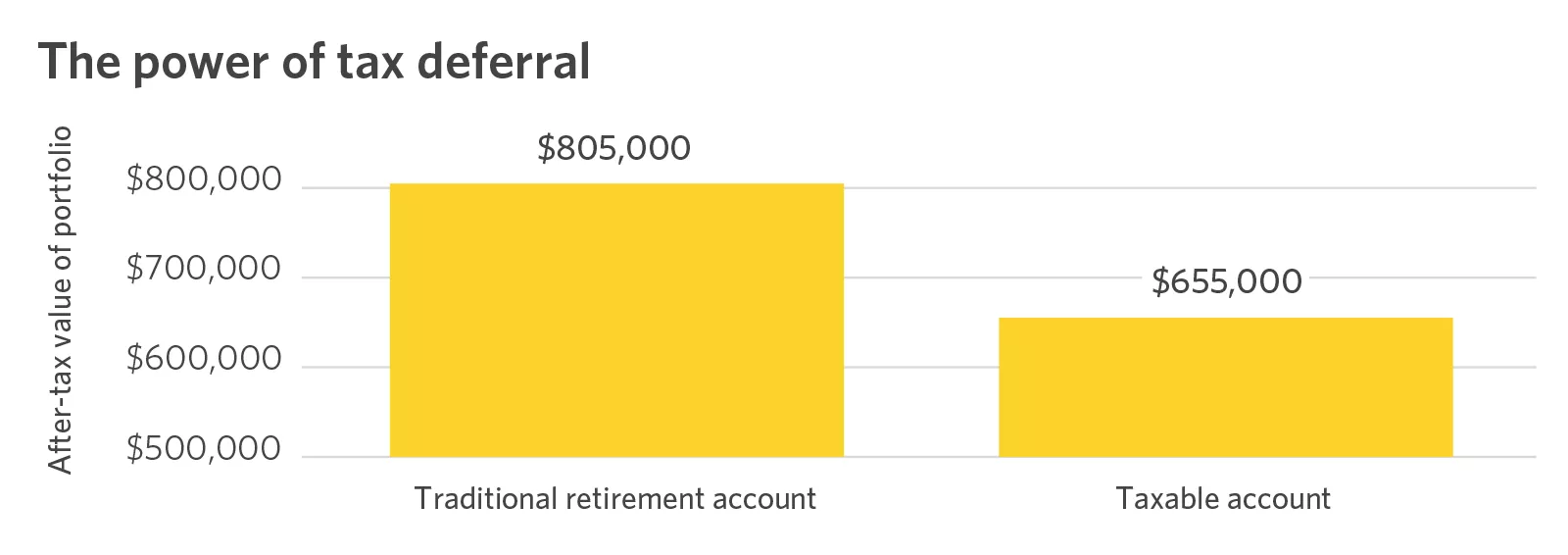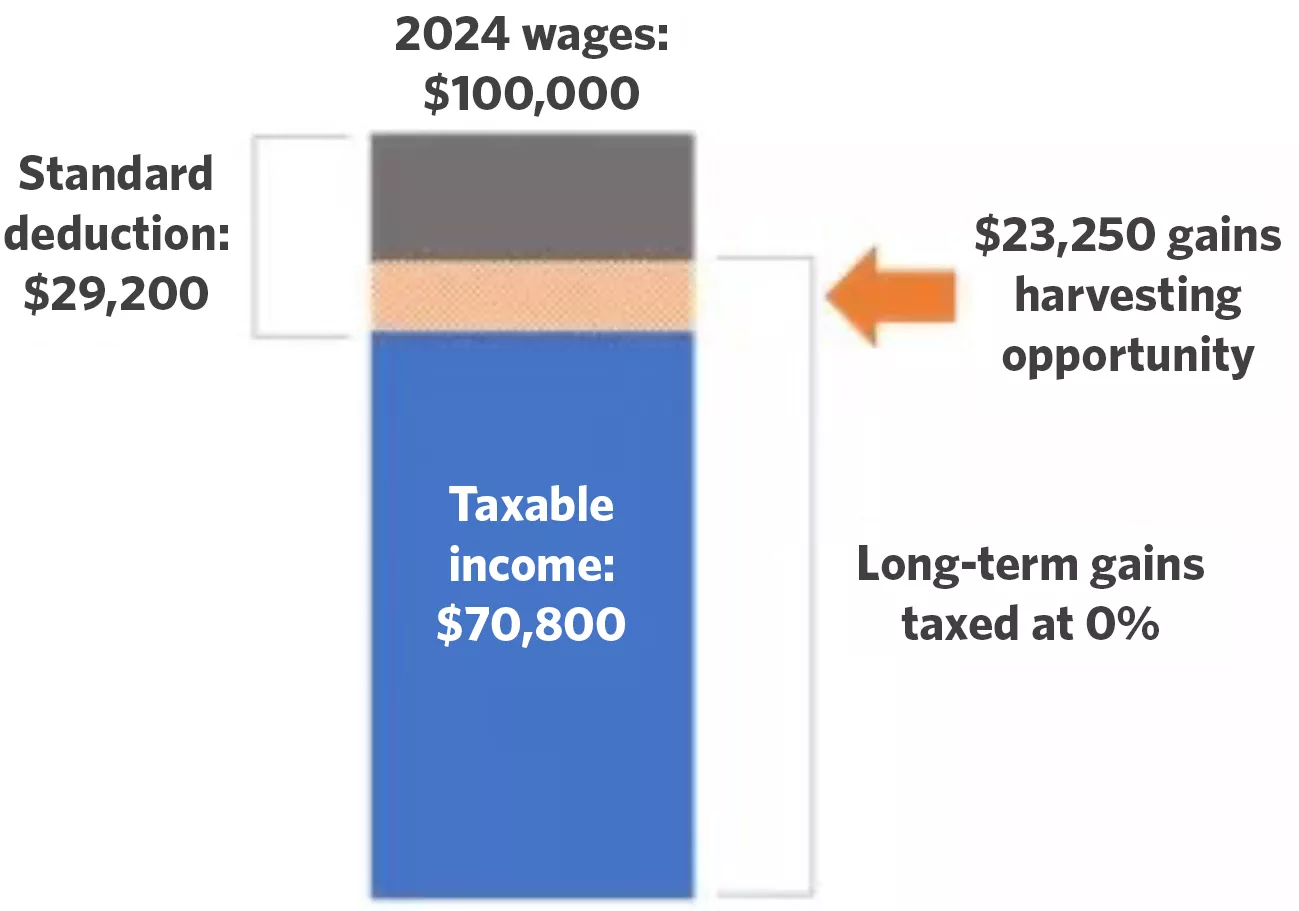Another time to consider harvesting gains is when you have capital losses to offset them. Capital losses and 0% capital gains are great opportunities to reduce concentrated positions in your portfolio that have a low cost basis. Even if you don't need to rebalance, it may be beneficial to sell a low-cost-basis position to recognize the gain and then repurchase it. This will increase your cost basis on the investment, which could help reduce future taxable gains.
While tax-loss harvesting can be done year-round, tax-gains harvesting is best done toward year-end when you have a clearer picture of your tax situation for the year. As a result, you should consult your tax professional before harvesting gains.
Capital gains avoidance for mutual funds
Mutual funds often pay a capital gains distribution near year-end. If you own shares of the mutual fund on what's called the record date, you'll receive the capital gains distribution and owe the taxes on it even if you've only owned the fund for a day. This means you could be paying taxes on gains you didn't participate in. Mutual funds publish their capital gains distributions in advance, typically in November or December, along with the record date and how much of the gain is short-term versus long-term. If you are considering buying a mutual fund in a taxable account near year-end, you may want to wait until after the record date to avoid the capital gains distribution, depending on your tax situation and the size of the capital gain distribution. You could also consider a similar fund or a more tax-efficient vehicle such as an ETF instead to remain invested.
And, if you already own mutual funds in your taxable account, you'll want to pay close attention to the record date and amount of capital gains. In certain circumstances, it may make sense to exchange or sell your mutual fund shares to avoid the capital gains distribution, such as when you're holding the mutual fund at a loss or a much smaller gain than the capital gains distribution. That said, if you don't need the proceeds, be sure to find an alternative investment that keeps your portfolio diversified and at an appropriate risk level, so you stay invested in the market and on track to achieve your goals.
Consider an advisory program with active tax management features
You could consider an advisory program that executes some of these strategies for you. These types of programs do the work of managing your portfolio for you while offering potential tax efficiencies.
Partner with your financial advisor
Remember, every dollar you save in taxes is one more you can spend on what is most important to you, so managing taxes is an important part of your financial strategy. Whatever your goals and life stage, your financial advisor can partner with you and your tax professional to design an investing and tax management strategy to meet your specific needs.



